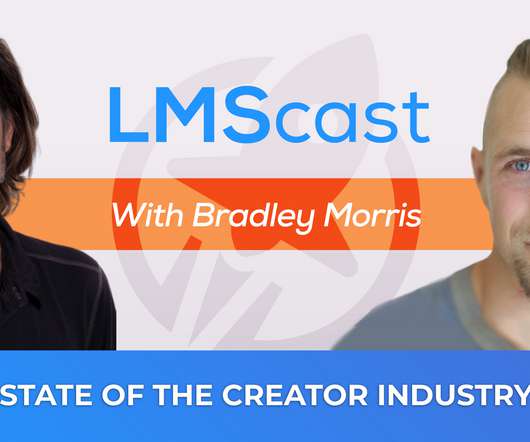Research Shows Companies Should Encourage Social Learning
TOPYX LMS
MAY 9, 2016
For example, informal learning happens effortlessly when people: Read a statistic or story on Facebook or another social media network. Peruse someone’s profile on a social media site. Become knitted into a company’s culture by attending work-related social events. Humans used to learn primarily informally, or socially.


























Let's personalize your content